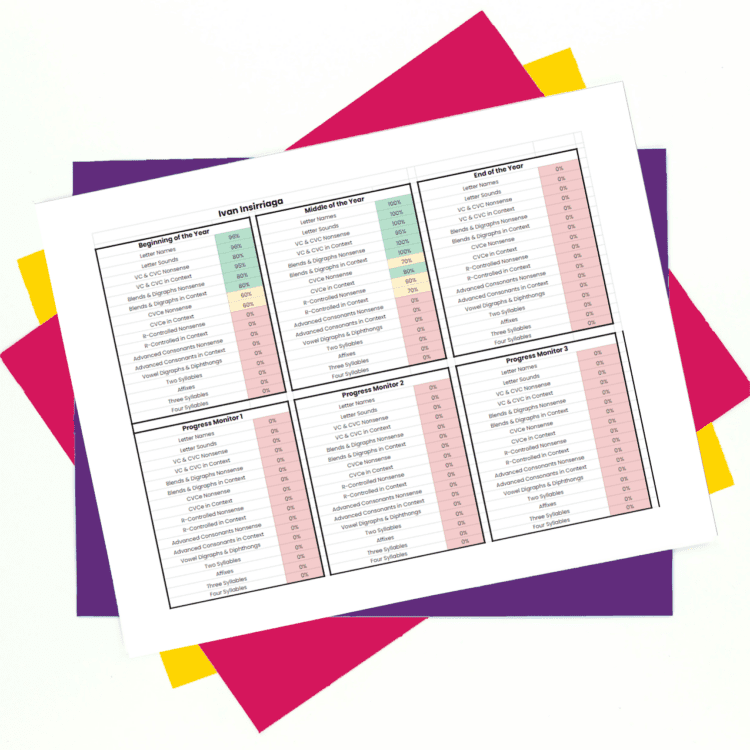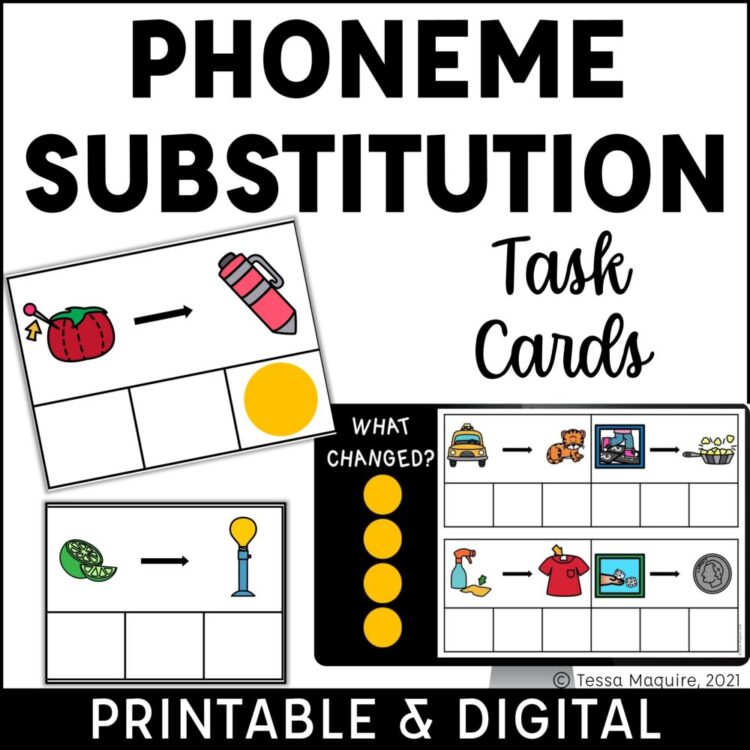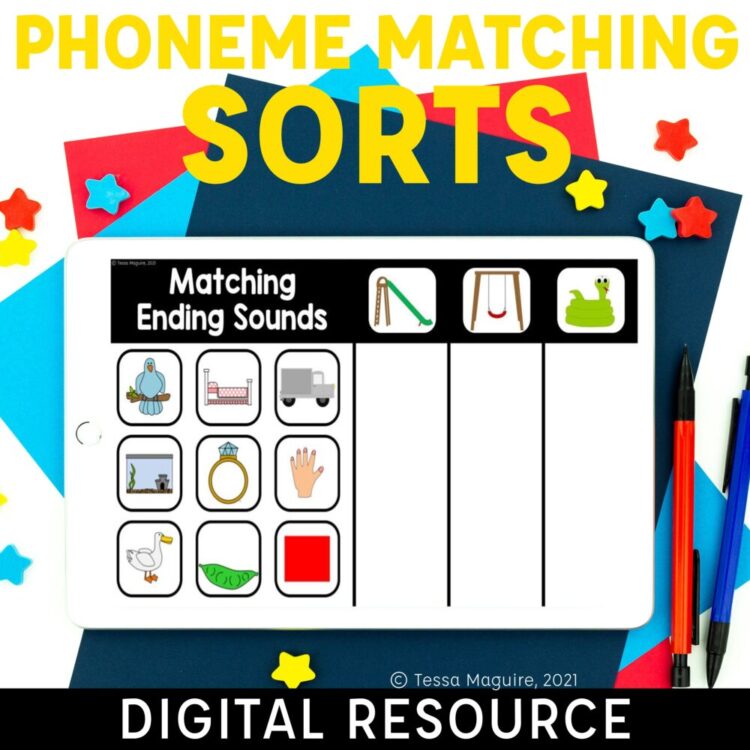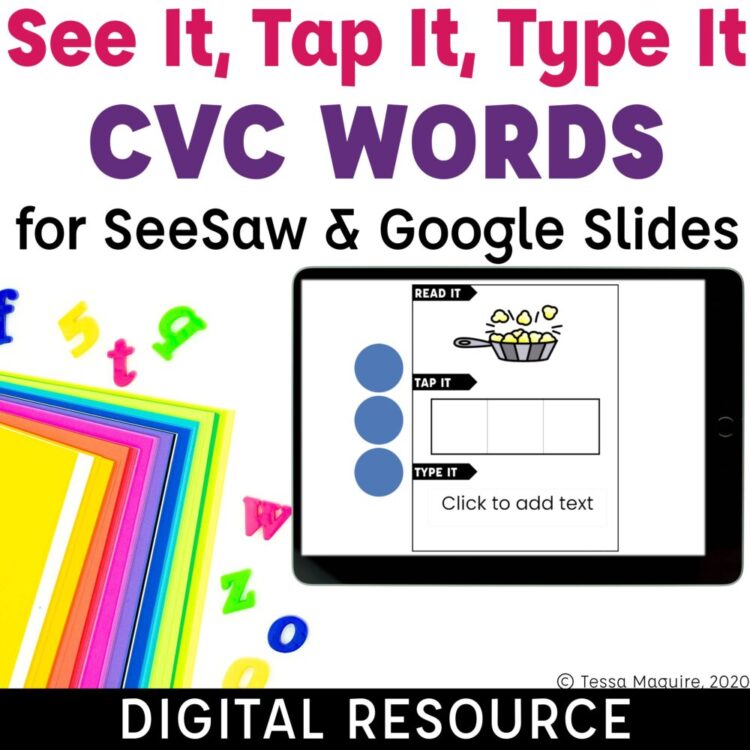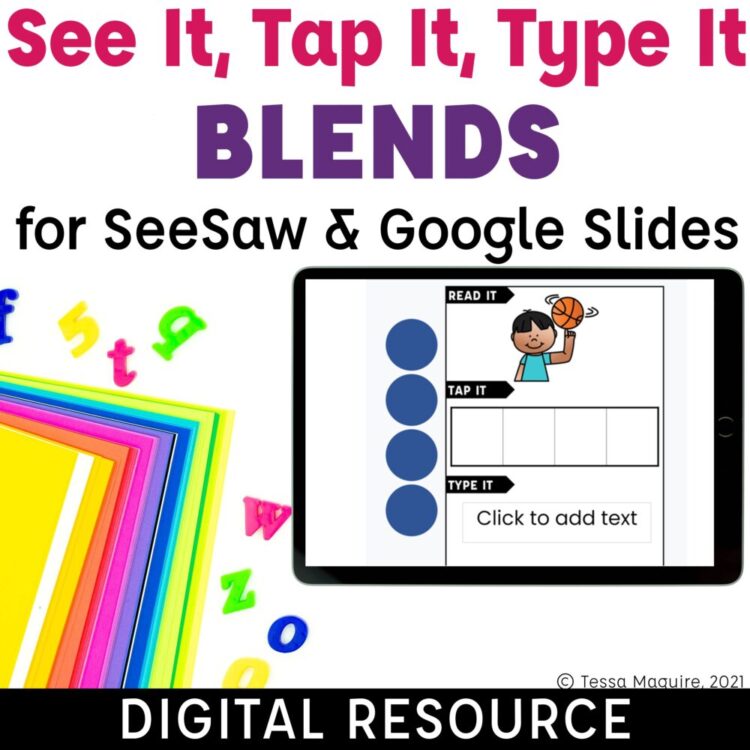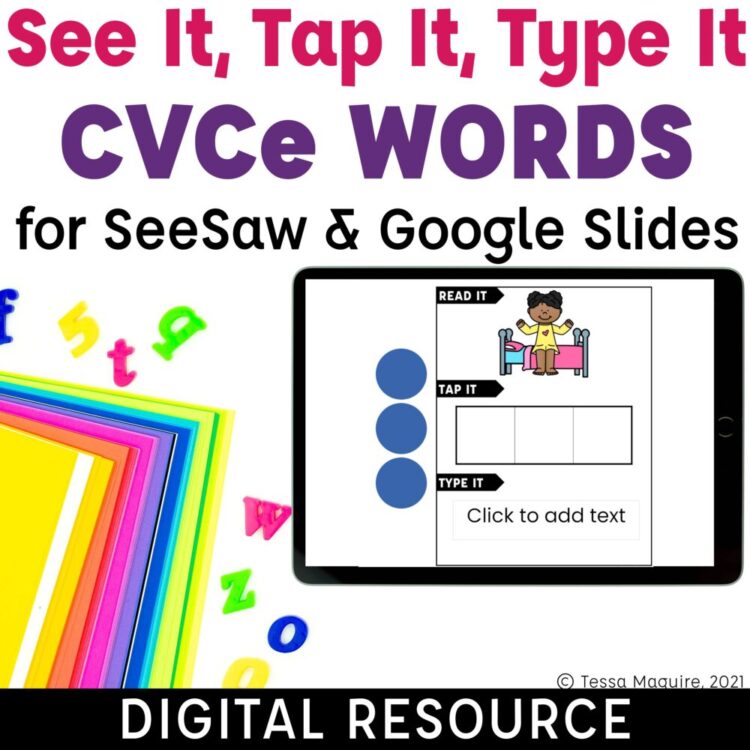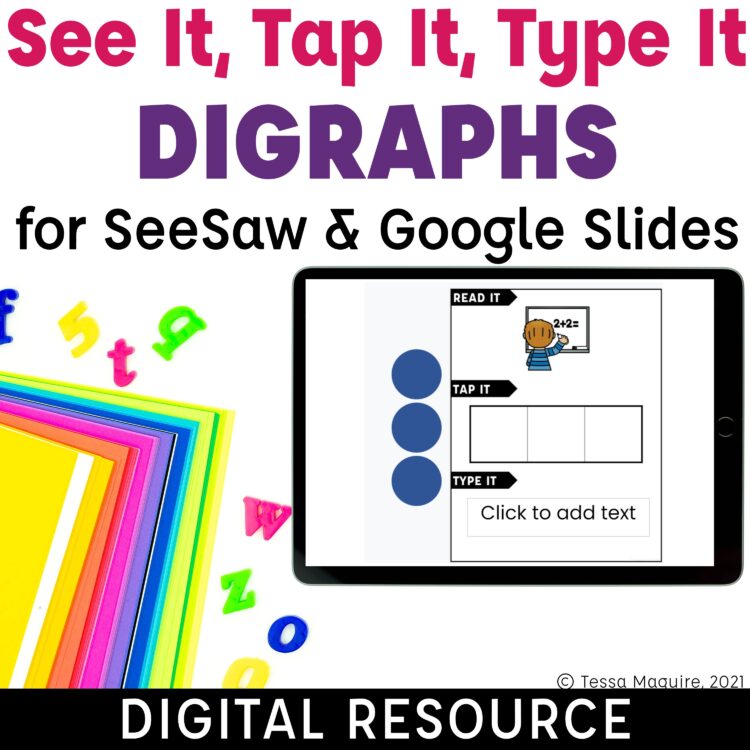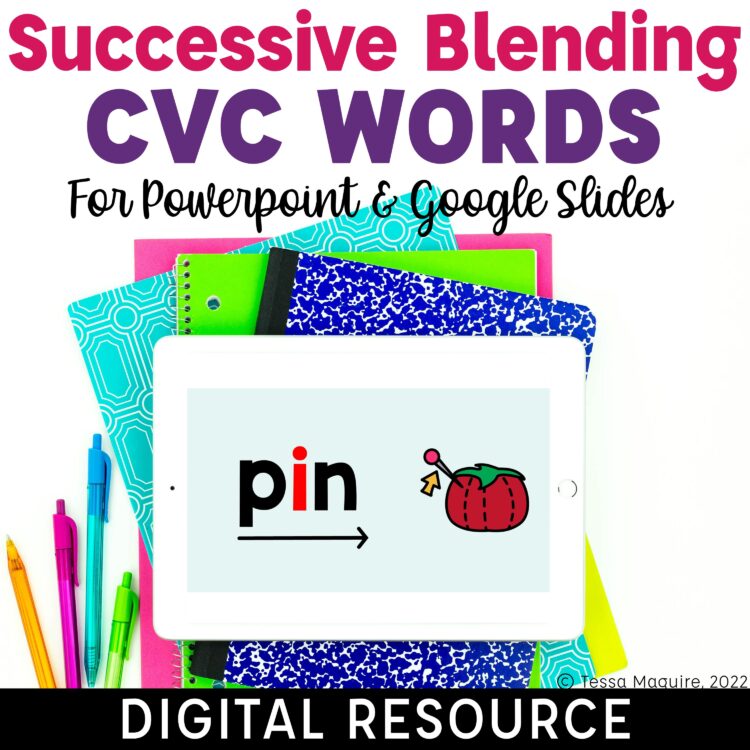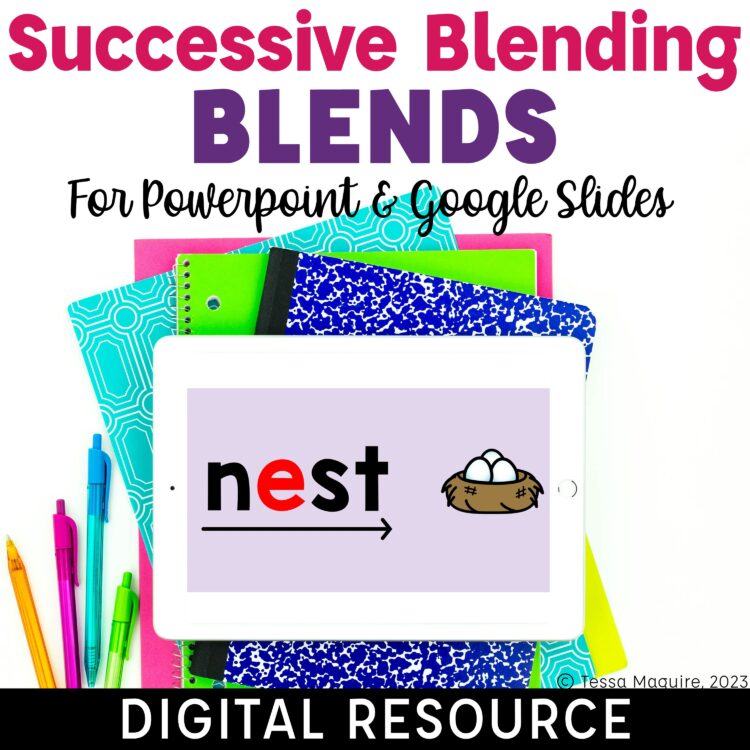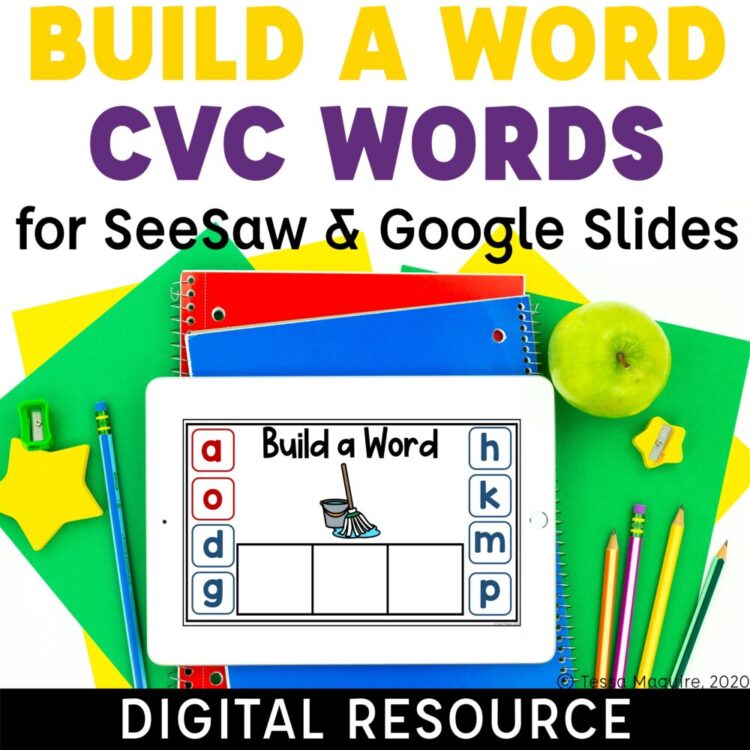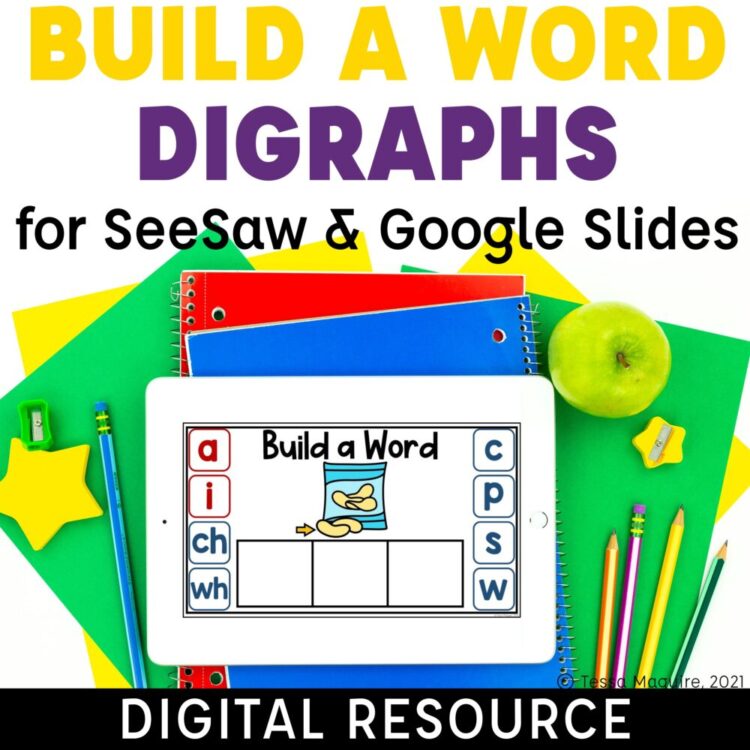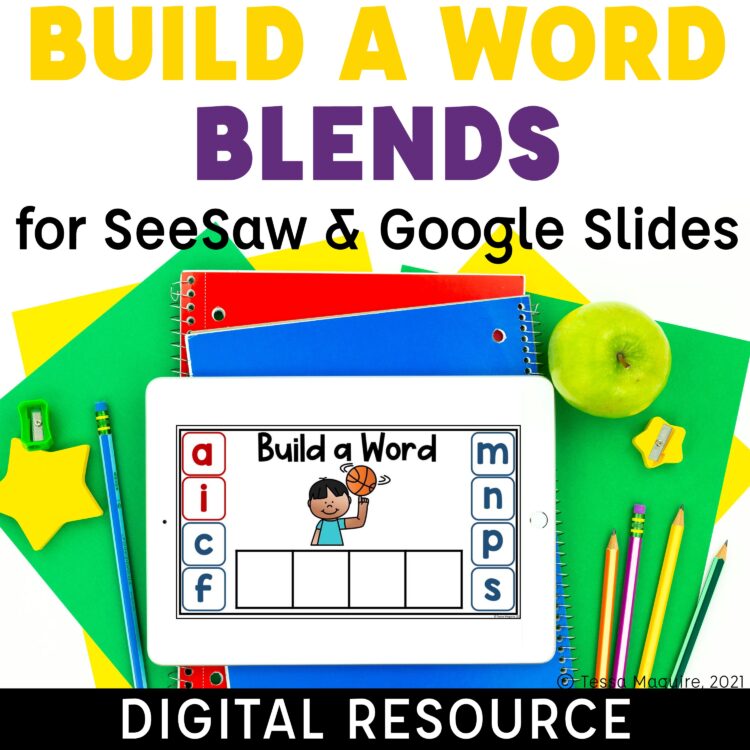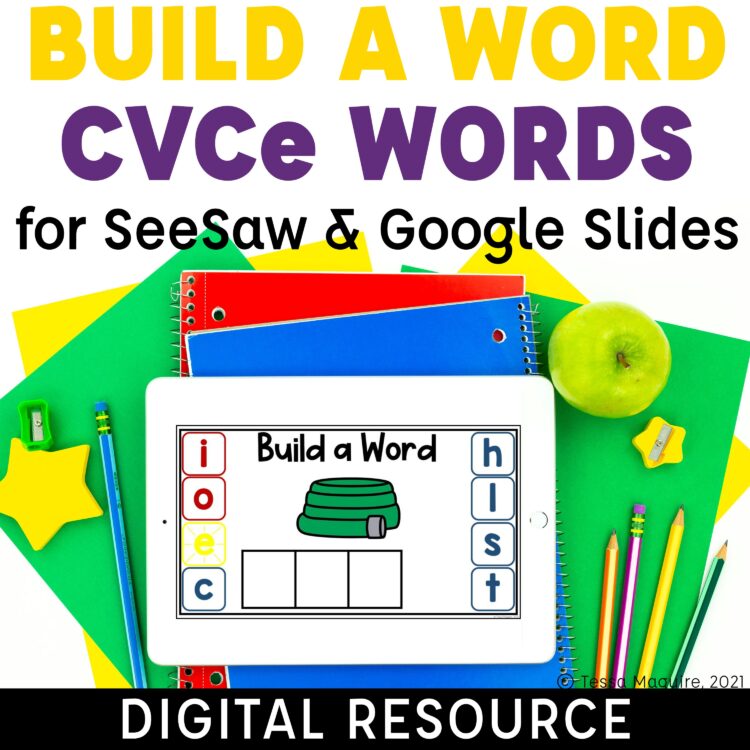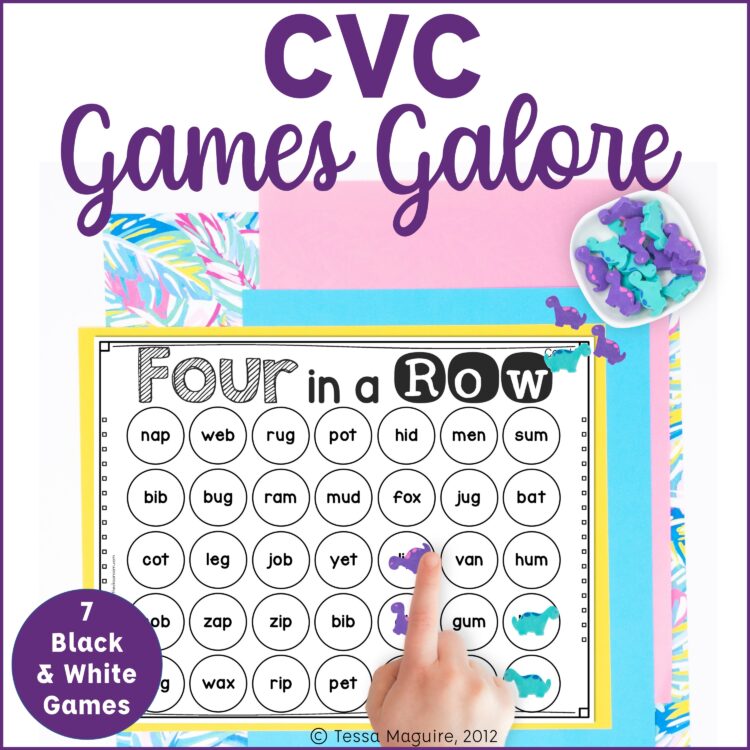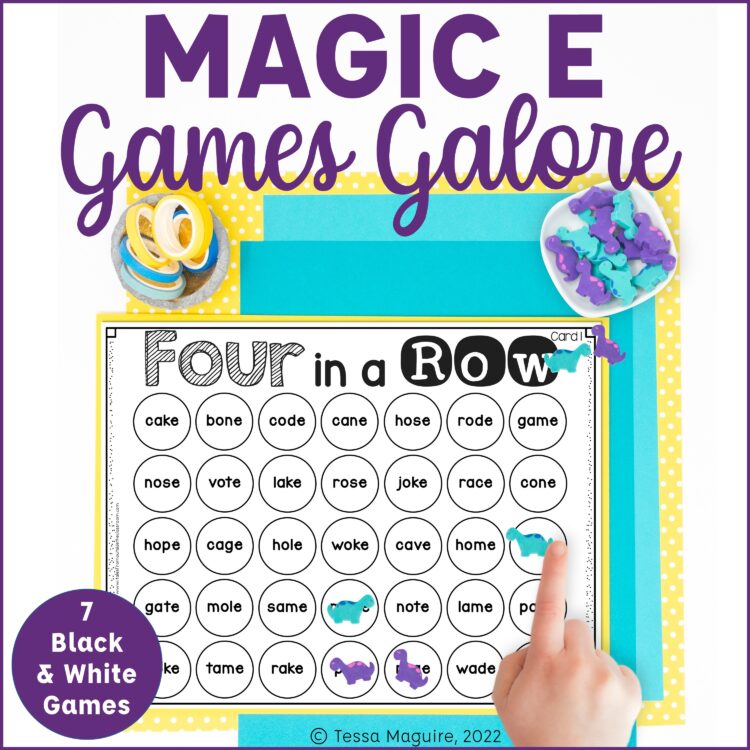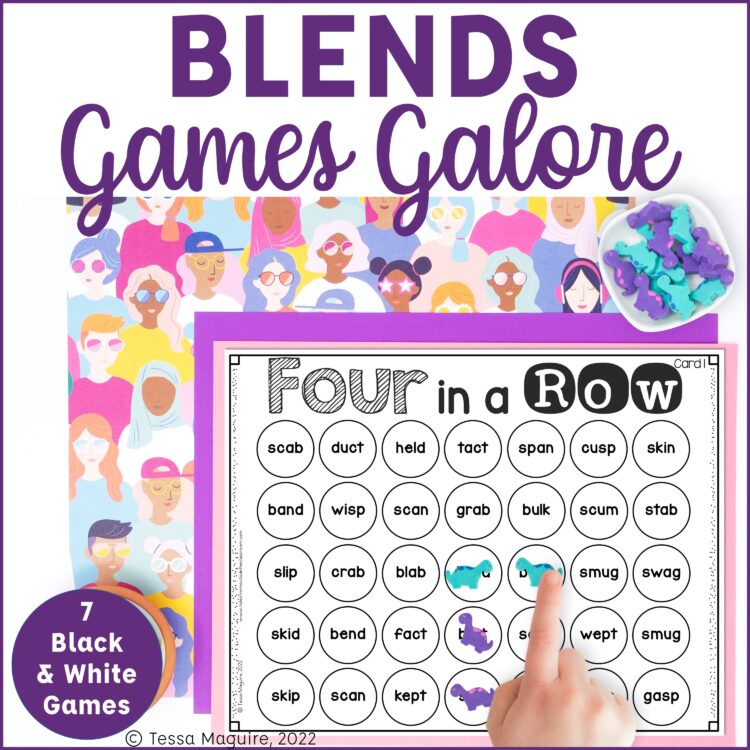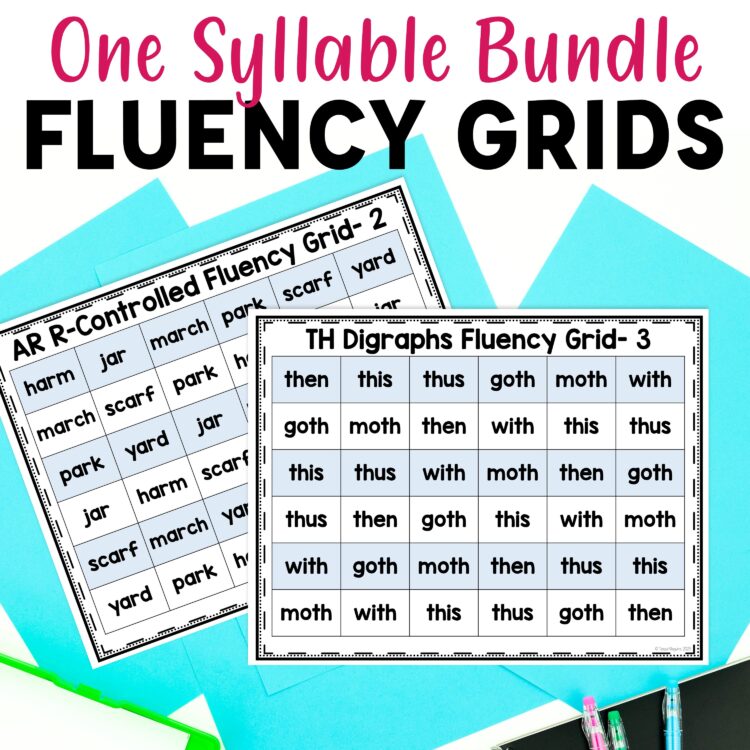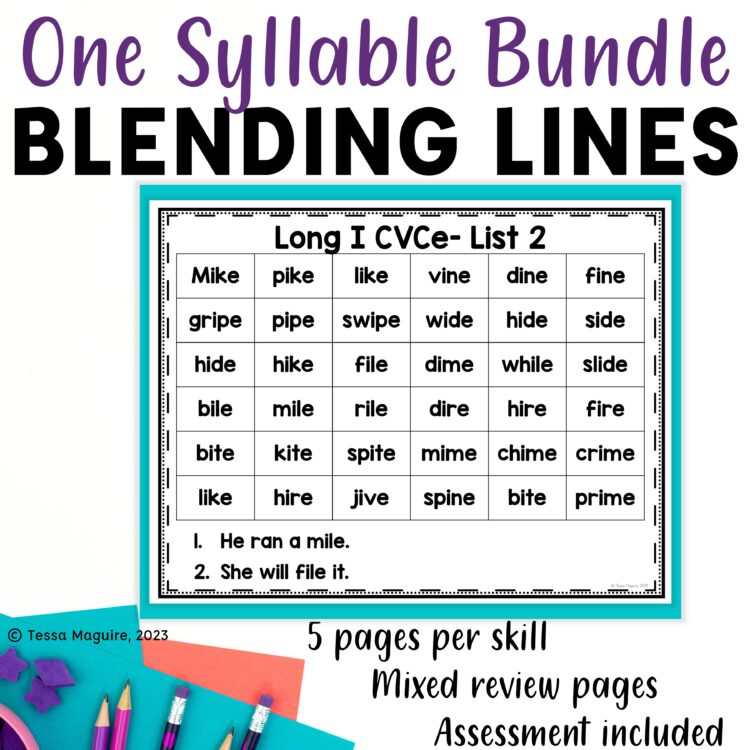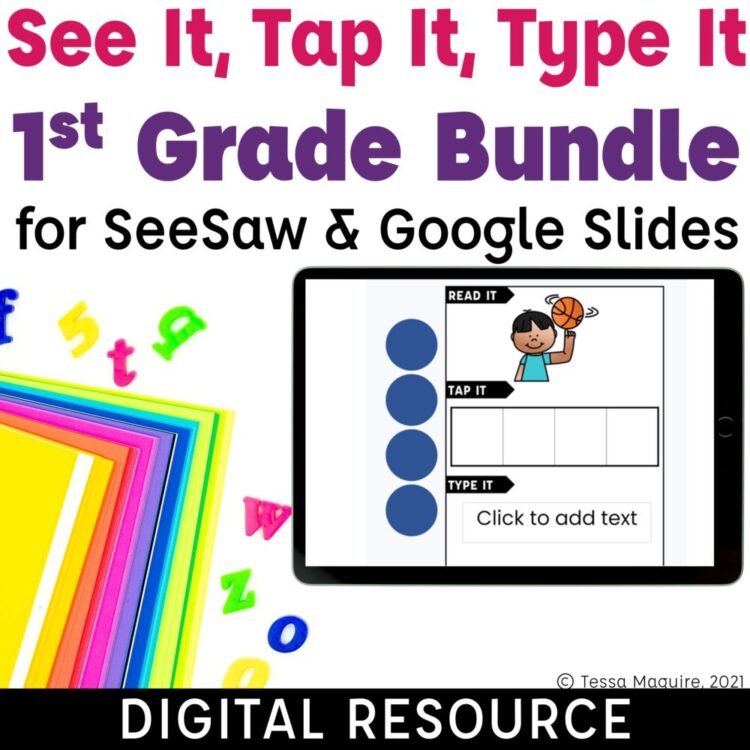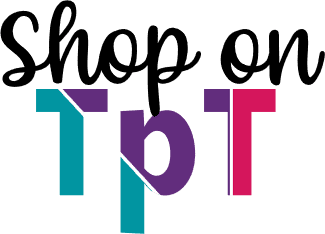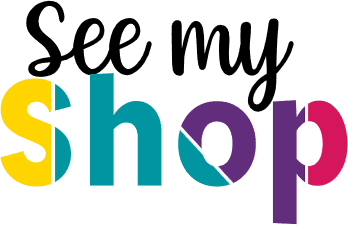© 2024 Tales from Outside the Classroom ● All Rights Reserved
6 Top Sites for Phonics Resources to Enhance your Instruction
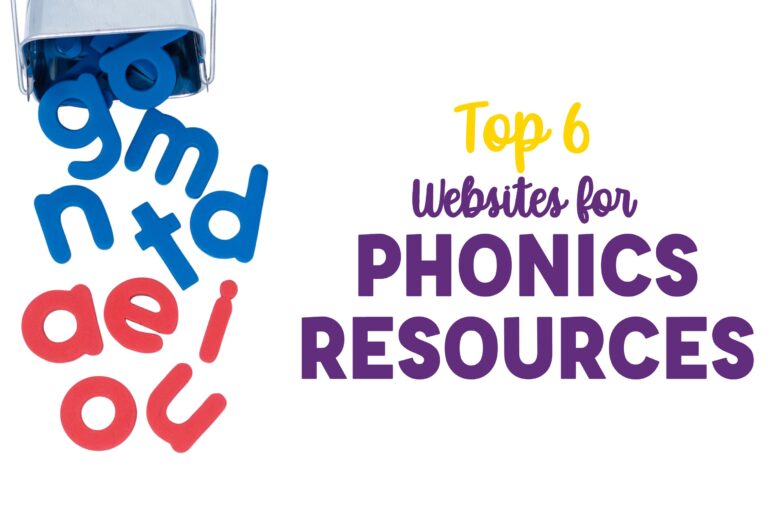
If you’re anything like me, you’re always looking for high-quality phonics resources to use with your students. I am hesitant to purchase so many commercial products because I’ve seen so many poor ones. I’ve purchased products that have “car” in the CVC words, or “giraffe” for initial work for the letter g. I’ve seen products that require no actual thought by the student and they just assemble. Finding high-quality phonics materials, that follow a logical scope and sequence, can be difficult. Whether you’re looking for an entire curriculum, or just specific resources you can add to your existing curriculum, check out these 6 phonics resources below.
Free or Affordable Phonics Curriculums
These phonics resources are entire programs that can be used in whole group instruction, small group instruction, or intervention. They contain a scope and sequence that can be broken up throughout K-2 settings. These are pretty comprehensive and are great resources. Even if you’re not looking for a full phonics curriculum, you can likely find resources to use to support your current curriculum. Looking for where to start with your small groups or intervention students? Check out my post on the best Free or Affordable Phonics Diagnostic Assessments to find one you can use to target your instruction. You can also sign up for a free phonics data tracker!
West Virginia Phonics
The West Virginia Phonics resources were originally put out as part of the Reading First program. Tools 4 Teachers continues to host the resources on their site. To access them, you must first sign up for a free account with T4T. Like some other resources listed here, the materials are pretty simple and straight-forward to use. I have used them in my small groups with just some word card printing in advance. I really like their scope and sequence and that their resources include everything needed for a systematic multi-sensory lesson. Planned for 30 minutes, their lessons include a warm up, sound-symbol connections, phonemic awareness, word reading and blending, word building and writing, word and sentence dictation, and connected texts. These materials could be used both within small group and whole-group instruction.
Open Source Phonics
Open Source Phonics is a collection of lessons and phonics resources with their own scope & sequence. There are 120 different lessons beginning with letters and sounds and ending with suffixes and some alternate sound-spellings. Decodables are given in groups, organized by larger phonics buckets. They are linked in the lessons and separately on the site. Suggestions for decodables are also included in the lessons. The materials are pretty simple and basic. With that said, it makes them fairly easy to manage by an untrained classroom assistant or parent volunteer. Instructions and background for the decodables and the lessons are provided. These materials could be used with very little prepwork as a student facing page is included. Using just a dry erase board, and the provided materials, you can implement a systematic and sequential phonics program with your small groups.
UFLI Foundations
The new kid on the block is UFLI Foundations. Released in 2022, Foundations is an explicit and systematic phonics program. Originally designed for whole-group instruction in K-2 classrooms, the program can be easily implemented in small groups based on diagnostic assessment data. I absolutely love the scope & sequence and their attention to articulation. The Foundations manual costs $70 plus shipping, for a total cost of $90, making it a more expensive option for individual teachers, but one I feel is worth the cost. The lesson sequence includes phonemic awareness; visual, auditory, and blending drills; introduction to new concepts, word work, irregular words, and connected texts. With that said, the UFLI Foundations Toolbox has so many resources available for free that can be used alongside your existing program (or theirs). The lesson resources include Slides, decodables, homework sheets, and Roll & Read activities that can be used within your small groups.
Spel-Lang Tree
I’ve only recently heard about the Spel-Lang Tree program but I’ve been using it in my classroom this year. It’s, essentially, a whole-group interactive spelling curriculum. With that said, it can easily be the scope & sequence and word work component of your phonics lessons with components added for word reading. I am a big believer in a multi-sensory, handwriting based approach to phonics. The more we can connect letter formation and sound production, the easier all students build those neural pathways. The 3 levels of this program make it easy to use as the basis of your phonics small groups or intervention. Seeds is the kindergarten based program, while roots and trunks are first and second grades, respectively. All three grade levels are completely free to use, making it super accessible for all teachers.
The words used in the program range from typical words to those less common, helping add to studsents’ vocabulary while ensuring words aren’t arbitrarily memorized. One note, though, there are a few words that I have omitted from the program (“bitch” being one). You can supplement the program with connected texts, though be mindful of the words used to ensure they’re actual decodable.
Supplementary Phonics Materials
These sites offer resources that you can add to your existing phonics program. You can find supplemental materials for many different skills. Because scope and sequences vary, it’s important to be diligent to ensure phonics materials don’t arbitrarily include skills not yet taught. This is especially important for decodables and other connected texts.
Florida Center for Reading Research
One of the first, free and high-quality sites I discovered as a reading interventionist in 2006 was the Florida Center for Reading Research. We were using DIBELS and the QPS to determine student needs for our reading intervention groups. I was spending a ton of time creating resources to match specific phonics skills, but I was on the hunt for much easier to prep resources. The phonological and phonemic awareness resources provided are phenomenal! So many of the other resources give you everything you need, while others give you a framework for creating things to match your own needs. For just phonics skills to match what you are looking for, this isn’t the best site since things aren’t broken down into a typical phonetic level. However, there are so many high-quality easy to prep resources that I absolutely must include it! It’s important to note that FCRR is not in any way connected with the UFLI materials linked above.
TpT
It’s no surprise that TpT would be included on a list of sites used to find supplemental materials, seeing as that’s the purpose of the marketplace. There are so many high-quality resources available! It’s important though, as mentioned above, that you are diligent before selecting materials. The site is full of materials claiming to be aligned to “the Science of Reading”. In reality, they may be high-quality phonics materials, but I’ve also seen a ton that are not. Many options for specific phonics skills include words that include skills likely not yet taught. Or, they are phonics-based, but don’t align with what research says (i.e. all of the word families materials out there!). Finally, something also important to note is that even the best materials may not align with your specific scope and sequence. Some programs teach digraphs after blends. Others teach CVCe before blends. You have to look closely and be a mindful purchaser to ensure decodable materials are truly decodable for your students.
With that said, TpT is truly a wonderful resource to find high-quality materials. Some of my favorite phonics aligned shops are Dropping Knowledge with Heidi, Mrs. Winter’s Bliss, and The Literacy Nest. I’m sure there are other great ones out there that I just haven’t found yet.
I also offer a variety of phonics and phonemic awareness focused materials in my shop. Here’s a look at some of the phonics resources and product lines I offer. I am continuously working to add to these collections, both for you, and for the students within my classroom. All of these materials currently focus on the earliest phonics skills but I am currently working to expand to have materials for more in-depth phonics skills. You can click on any of the covers below to take a closer look at that phonics resource.
Phonemic Awareness without Letters
Each of these resources works on building complex phonemic awareness skills without print. While it’s important that these skills are built with letters, I also find value in incorporating some practice without letters for those students that need additional reinforcement. These phoneme segmentation, phoneme matching, and phoneme substitution task cards are great for independent practice during centers or as warm ups in your small groups! Looking for more phonemic awareness activities? Read my 18 Non-Print Phonemic Awareness Activities for Early Readers post for even more!
Swap it Out
Swap it Out focuses on phoneme substitution with letters. Students identify the two given words and type them to spell the word. Each of the words has only one sound changed between them, scaffolding students in their work. These are a great way for students to get a little word chaining practice in their independent work. There are a total of 144 word pairs included within 6 different sets. The sets are broken down into substitution position: initial sounds, medial sounds, ending sounds, and mixed review.
See It, Tap It, Type It
See It, Tap It, Type It helps students map the sounds in the words before spelling using phoneme-grapheme correspondences and word mapping. There are built in dots to help students segment the sounds in the shown picture. Then, students type the word to reflect the sounds segmented. These digital word work activities are built within both Google Slides and SeeSaw. SeeSaw allows for easy student recording which is perfect for checking students’ phoneme segmentation. These are perfect for independent practice of current phonics skills. The Digraphs version is available for free!
Successive Blending Slides
Successive Blending is a great strategy for students struggle to blend words when reading. It’s a strategy designed for students that say the correct sounds but blend it into an entirely different word. You can read more about Successive Blending in my blog post focused on it. I have Powerpoint and Google Slides versions designed for whole class practice or student independent practice. There are visual prompts to help scaffold students through their work and a visual image for reinforcement. Typically, successive blending is only used with the students still struggling with phonemic blending. Beyond blends, it’s typically too intensive for students. But for some students, adding in a 4th or 5th sound is too much and they benefit from the support of successive blending.
Build a Word
Build a Word is a digital word building activity that supports students’ phoneme-grapheme correspondence. Prebuilt sound boxes are included, as well as letter tiles. Students build the displayed word with the given tiles. These digital resources in SeeSaw and Google Slides help support students’ encoding of targeted phonics skills. The digraphs version is available for free in my TpT shop.
Games Galore
Games Galore are a series of partner games that give students opportunities to read words with target phonics skills. There are a variety of games in the set, including some seasonal versions. Each is given in black and white so you can print onto colored paper as you choose. I love to use these within clear plastic holders so I don’t have to laminate them!
I hope I’ve been able to share a few phonics resources you can add to your collections. Have a go-to resource you’d like to share? Leave it in the comments below and I’ll check it out!
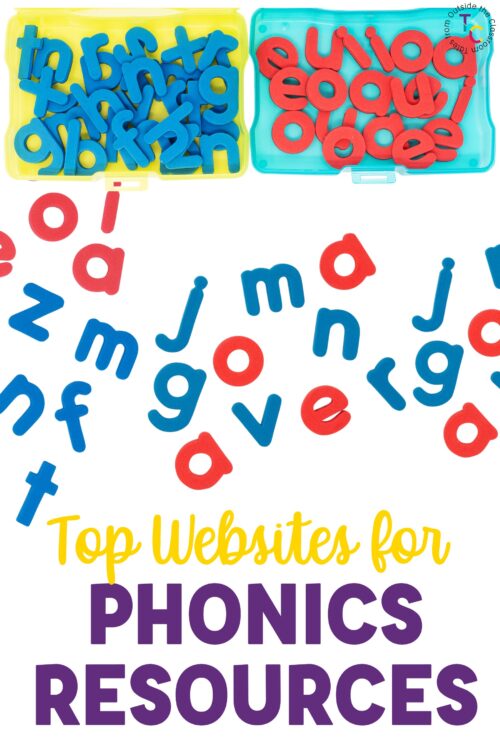
Newsletter Sign Up
Signup for my weekly-ish newsletter. I send out exclusive freebies, tips and strategies for your classroom, and more!
Please Read!
You have successfully joined our subscriber list. Please look in your e-mail and spam folder for Tales from Outside the Classroom. Often, the confirmation email gets overlooked and you're night signed up until you confirm!

Hi! I’m Tessa!
I’ve spent the last 15 years teaching in 1st, 2nd, and 3rd grades, and working beside elementary classrooms as an instructional coach and resource support. I’m passionate about math, literacy, and finding ways to make teachers’ days easier. I share from my experiences both in and out of the elementary classroom. Read more About Me.









